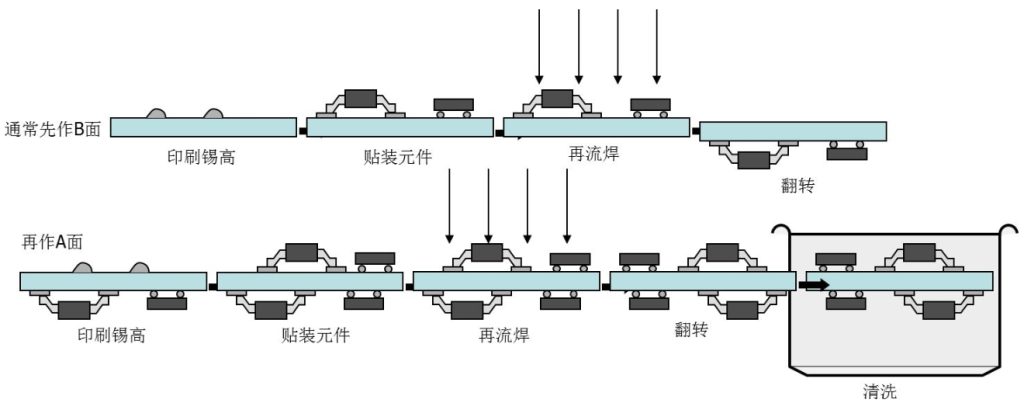Wave Soldering vs Reflow Which is best for PCB assembly Circuit Diagram Commercially there are two main soldering methods - reflow and wave. "Manual" soldering may still be used to add selected mechanically complex or large parts but this would be rare. "Manual" soldering could include the use of "robots" for the excessively keen. Wave soldering involves literally passing a wave of molten solder along a carefully

On the other hand, industrial reflow machines are designed for mass production and can effectively solder a wider variety of components. Wave Soldering vs Reflow Soldering. Wave soldering and reflow soldering are complementary soldering techniques. In the chart below, you will find their main differences: And wave soldering equipment is more affordable than reflow ovens. Wave Soldering vs. Reflow Soldering: Applications. Wave soldering is ideal for welding through-hole components on circuit boards, while reflow works best for surface mount components. Wrap Up. As you can see, wave and reflow soldering differ immediately from the start.

Wave Soldering vs. Reflow Soldering: What s the Difference? Circuit Diagram
Hand soldering and robotic soldering are used for through hole components while wave soldering and reflow soldering are used for surface mount components. Robotic soldering is now being used to replace the time-consuming hand soldering. Reflow soldering is the commonly used technology for surface mount components which also uses wave soldering.

Unless you are soldering through-hole elements, reflow soldering is the most common method for many manufacturers (especially suitable for SMT assembly). Figure 1. The process of reflow soldering. The reflow solder process begins by applying flux and solder (also known as solder paste) to the pads.

Reliability of Automated Soldering vs. Hand Soldering Circuit Diagram
This video shows three different ways we solder electronic components to printed circuit boards: reflow, wave solder, and hand soldering. Reflow soldering, on the other hand, is better suited for SMD-heavy assemblies, providing precise and consistent solder joints with minimal thermal stress on components. When choosing between wave soldering and reflow soldering, consider factors such as component types, production volume, PCB complexity, budget, equipment, and quality requirements.
